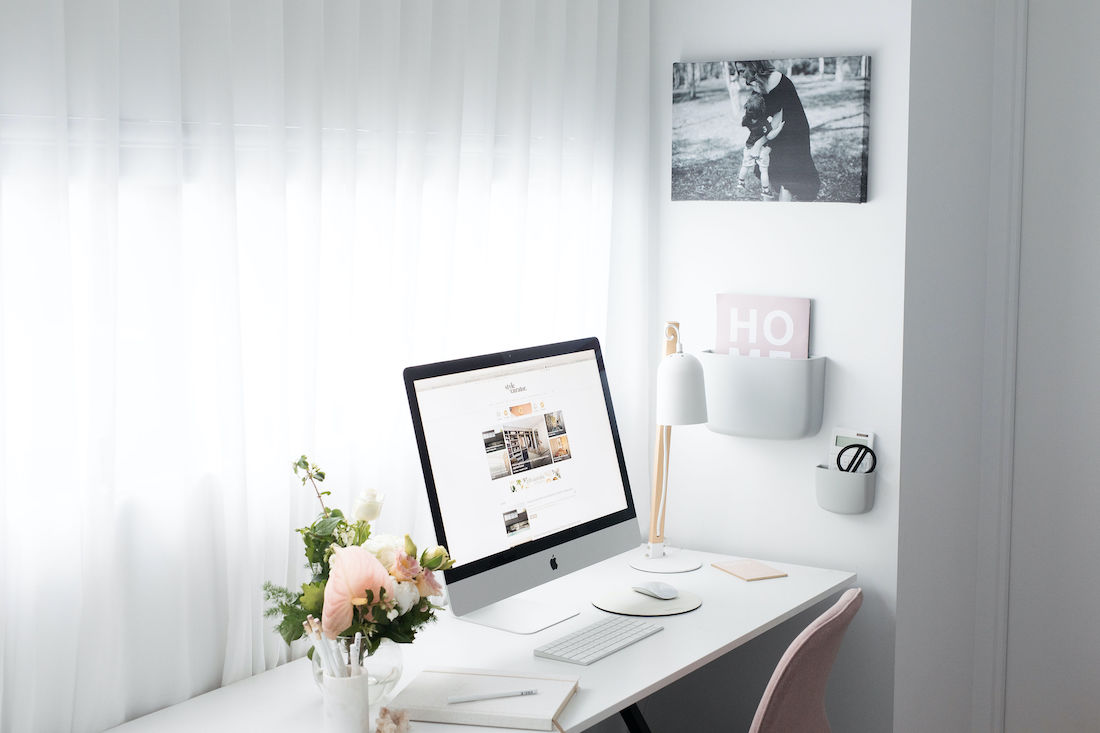Picture this: your desk is buried under a mountain of paperwork, office supplies seem to sprout from every corner, and you can barely see your computer screen through the clutter. If you’ve been battling a cluttered workspace, know that you’re not alone—and that there’s a solution.
The Psychology Of Clutter
Disorganisation is more than just an eyesore; it is also a mental drain. According to studies, having too much going on visually can make it hard for your brain to concentrate and process what it sees. Think of each piece of clutter as a small request for your attention; if there are too many, you will feel overwhelmed. This mental weight translates into unnecessary stress and can severely reduce your productivity.
- Sense of Overwhelm: The mere sight of clutter can trigger a stress response, making tasks seem more daunting than they are.
- Distraction: The clutter acts as constant visual stimuli, eating into your focus and concentration.
The Importance of A Clean Workspace
- Improved Focus: A clutter-free desk minimises distractions, allowing your brain to focus on one task at a time.
- Increased Productivity: Time spent looking for a missing item is time lost. An organised workspace saves you valuable minutes, if not hours.
- Enhanced Creativity: A clean environment is like a blank canvas for your mind, stimulating creative thought processes.
Starting with the Basics: Desk Organisation
- Monitor Positioning: Place your monitor at eye level to reduce neck strain.
- Drawer Arrangement: Use compartments or trays to categorise items. Store frequently used items within easy reach.
- Desk Surface: Keep only essential items on the desk surface to facilitate easier movement and a cleaner look.
The Role of Digital Declutter
While we’re on the topic of decluttering, let’s not forget the digital space. Your computer desktop can be just as cluttered as your physical one.
- Close Unused Tabs: Keep only relevant tabs open to focus on the task at hand.
- Organise Desktop Icons: Use folders to group similar applications and documents.
- Archive Old Files: Regularly move unused files to an external drive or cloud storage.
Going Beyond the Desk: Overall Workspace Organisation
- Filing Cabinets: Use labels and categories for easy document retrieval.
- Office Supplies: Keep them in designated drawers or containers.
- Whiteboards or Corkboards: Utilise vertical space for to-do lists or inspirational quotes.
The Trend of Minimalism in Workspace Design
The minimalist workspace is a growing trend, especially popular among freelancers and entrepreneurs. The idea is to have only what you need, and nothing more.
In a serviced office space, adopting a minimalist mindset can be particularly beneficial. These spaces are often compact, making it essential to optimise for both functionality and aesthetics. Plus, fewer items mean less to pack if you decide to switch locations.
Implementation Strategies: From Plan to Action
Ready to declutter? Here are some strategies:
- Scheduled Clean-up Sessions: Set a recurring calendar reminder to clean your workspace.
- The ‘One In, One Out’ Rule: Whenever a new item comes in, an old one goes out.
- Utilise Storage Solutions: Use drawer dividers, shelving units, or digital storage solutions to keep things organised.
Having an organised workspace isn’t just about aesthetics; it’s a key factor in your productivity and focus. Whether you’re in a home office or a serviced office space, taking the first step to declutter will set the stage for a more successful, less stressful work life.




